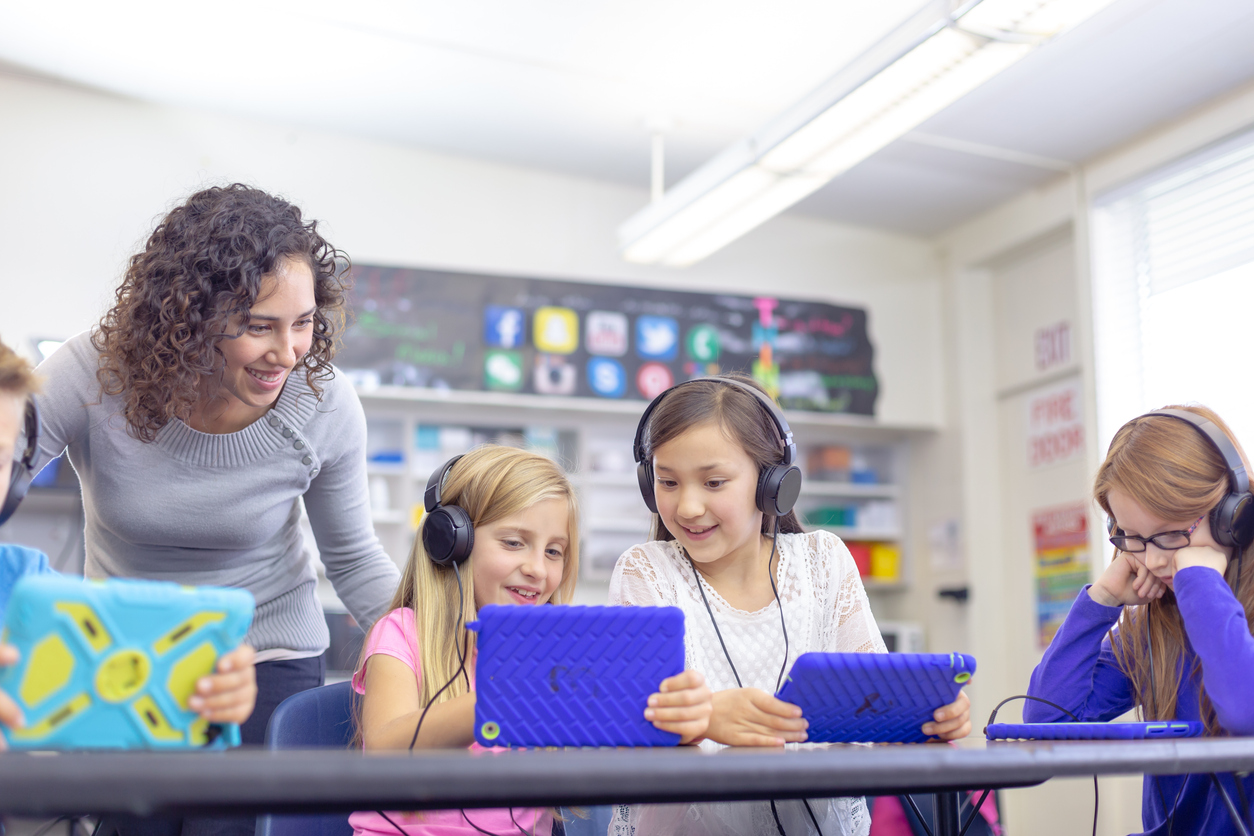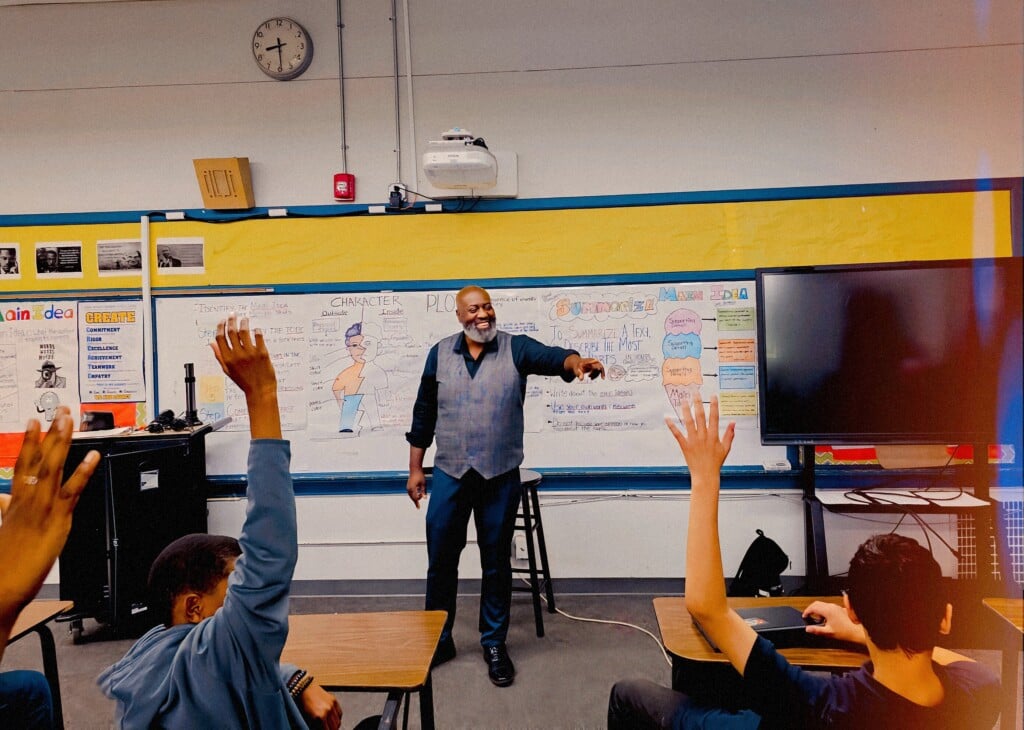Exploring the Various Training Techniques in Key Scientific Research Education Today
Inquiry-based discovering, hands-on experiments, and the assimilation of innovation are redefining how educators engage young minds. In addition, joint approaches and differentiated direction are being used to cater to the varied demands of students, improving both involvement and understanding.
Inquiry-Based Discovering
Inquiry-Based Learning (IBL) is a pedagogical technique that encourages trainees to check out clinical concepts with doubting, examination, and hands-on experimentation. This approach highlights the function of pupils as energetic participants in their discovering, advertising crucial thinking and problem-solving abilities. By engaging with real-world concerns, trainees come to be curious and inspired, which boosts their understanding of clinical concepts.
In IBL, teachers function as facilitators, guiding pupils as they navigate their queries as opposed to providing information straight. This student-centered strategy enables distinction, fitting various learning styles and speeds. Trainees establish abilities in creating hypotheses, designing experiments, and assessing data, which are vital for clinical proficiency.
Additionally, IBL promotes cooperation amongst pupils, urging them to share concepts and findings. This cumulative questions advertises social abilities and a feeling of neighborhood within the classroom. The process of query motivates strength, as students find out to welcome failure as a stepping rock toward understanding.
Hands-On Experiments
Hands-on experiments are a vital element of effective scientific research education and learning, complementing the concepts of inquiry-based knowing. These experiments permit pupils to engage straight with clinical ideas, fostering a much deeper understanding with experiential discovering. By adjusting products and observing results, young learners can comprehend abstract concepts in tangible methods.
Such tasks advertise essential reasoning and analytic abilities, as students hypothesize end results, conduct experiments, and evaluate results. This procedure urges them to ask inquiries, refine their understanding, and create a clinical attitude. Moreover, hands-on experiments can be tailored to diverse discovering styles, guaranteeing that all trainees have the possibility to involve meaningfully with the web content.
Additionally, hands-on experiments frequently motivate cooperation amongst peers, advertising synergy and communication skills. Working in groups allows pupils to share ideas, talk about findings, and pick up from one another, which enhances their total educational experience.
Including hands-on experiments into the key science educational program not just improves the discovering setting but also cultivates a lifelong interest in science. By actively joining their education, trainees are most likely to establish an enthusiasm for scientific query that expands beyond the classroom.
:max_bytes(150000):strip_icc()/GettyImages-1475870499-b4c3034fc17f494ea9aba128e6140d6e.jpg)
Innovation Integration
Incorporating innovation right into key scientific research education and learning has actually ended up being progressively crucial in cultivating pupil involvement and boosting discovering results. The usage of digital tools, such as interactive simulations, virtual labs, and academic software program, provides pupils with opportunities to check out clinical ideas in ingenious ways. These sources assist in a deeper understanding of complex subjects by enabling students to picture and control variables that would be not practical in a traditional class setup.
In addition, technology combination encourages personalized finding out experiences. Pupils can proceed at their own speed, revisiting tough ideas via multimedia resources, which provide to various knowing designs. This versatility not just supports individual development yet likewise cultivates a feeling of freedom in students.
In addition, technology works as a bridge to real-world scientific research, attaching pupils More Bonuses with existing research study and professional payments. Access to on the internet data sources and scientific journals expands pupils' perspectives on clinical questions and fosters critical believing abilities.
Collaborative Learning
Collective understanding plays an important role in key science education and learning by cultivating teamwork and communication abilities amongst students. This method urges students to interact, share knowledge, and participate in analytical, which boosts their understanding of clinical concepts. By taking part in group tasks, pupils learn to verbalize their ideas, pay attention to varied perspectives, and bargain solutions, all of which are necessary skills in both real-world and academic contexts.

Research study shows that collaborative learning can cause increased inspiration and interaction in scientific research topics, as students discover enjoyment in shared experiences (primary science tuition Singapore). Furthermore, this strategy prepares pupils for future collective endeavors, outfitting them with the abilities needed for effective teamwork in greater education and learning and specialist environments. Inevitably, welcoming collaborative learning in key science education can considerably enhance the knowing experience and advertise a deeper understanding of scientific inquiry
Differentiated Instruction

Differentiated instruction can manifest in try these out various means, such as varying the content, processes, or items of knowing. Teachers might use tiered jobs that provide differing levels of complexity, permitting students to function at their respective readiness degrees. In addition, flexible grouping techniques can assist in collaboration amongst trainees with various abilities, cultivating peer discovering.
Assessment plays an essential role in this method, as it notifies instruction and aids instructors understand each trainee's distinct needs. Developmental assessments, such as monitorings and quizzes, can assist teachers in adjusting their approaches to boost discovering end results. primary science tuition Singapore. Inevitably, by implementing set apart guideline in primary scientific research education and learning, instructors can cultivate a much more efficient and fair learning atmosphere, empowering all students to reach their complete possibility in understanding clinical phenomena
Conclusion
In summary, the diverse teaching techniques in primary scientific research education, including inquiry-based discovering, hands-on experiments, technology combination, collaborative learning, and differentiated direction, jointly add to an extra efficient discovering setting. These approaches advertise vital reasoning, analytical abilities, and a deeper understanding of scientific concepts. By applying these strategies, instructors can produce helpful and interesting classrooms that deal with the different requirements of students, inevitably promoting a long-lasting interest in science and enhancing academic accomplishment.
Inquiry-Based Discovering (IBL) is a pedagogical strategy that motivates students to discover scientific Discover More Here principles with questioning, examination, and hands-on testing.Collaborative learning plays a vital duty in primary science education by fostering teamwork and interaction skills among pupils.Research suggests that collaborative discovering can lead to increased inspiration and engagement in science topics, as pupils discover satisfaction in shared experiences.In fostering a comprehensive knowing atmosphere, differentiated instruction arises as an essential approach to suit the diverse demands and capabilities of students in key scientific research education and learning. Eventually, by applying set apart guideline in primary scientific research education and learning, educators can cultivate an extra equitable and effective discovering atmosphere, encouraging all students to reach their complete potential in comprehending clinical sensations.